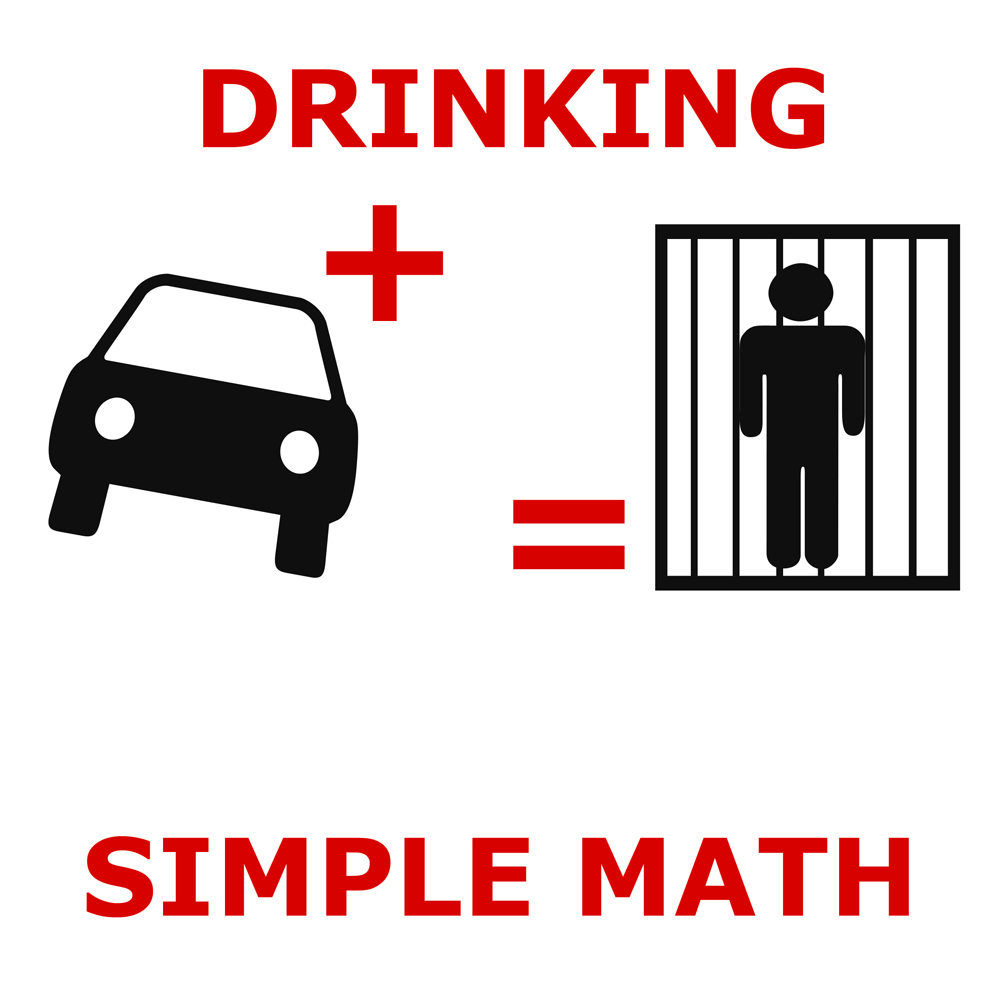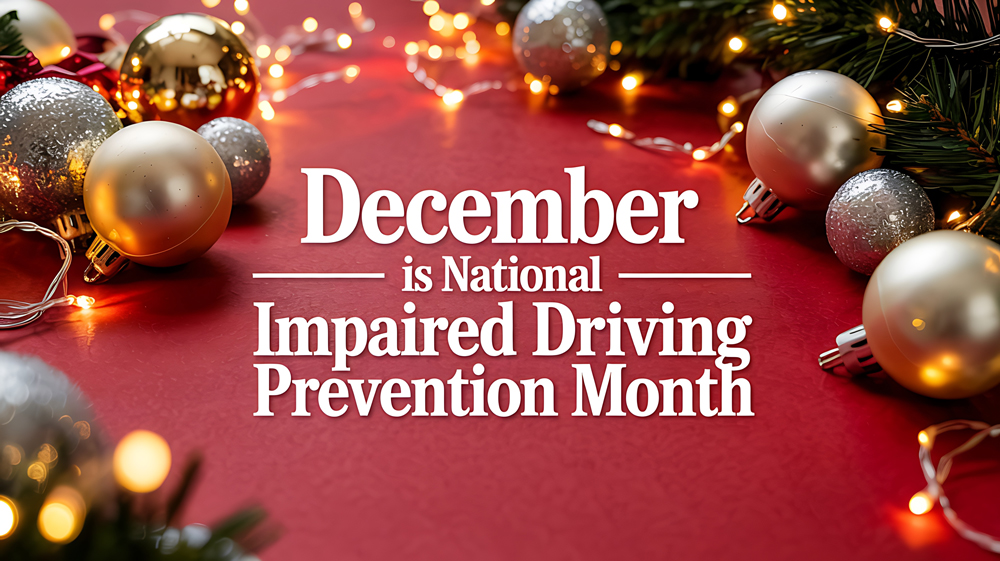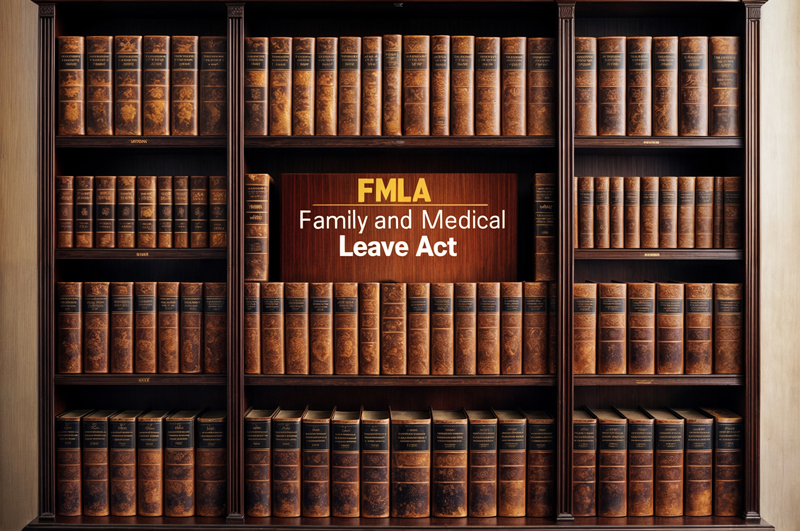If you’ve been thinking about estate planning or have attended a seminar or two, you’ve probably heard the word “trust” thrown around a lot. Maybe someone told you that everyone needs one, or that it’s the only way to avoid probate. Or perhaps you’re wondering what the heck a trust even is—and whether you actually need one.
At Pickrel, Schaeffer, and Ebeling, we get these questions all the time. So, let’s break it down.
First Things First: What Is a Trust?
A trust is a legal arrangement where one person (the grantor) places assets under the control of another (the trustee) for the benefit of someone else (the beneficiary). Think of it like a bucket: you can put your house, bank accounts, or investments into the bucket, and the trustee manages those assets according to the rules you set out.
There are various types of trusts, but the most commonly used in estate planning is the revocable living trust. You can change or revoke it at any time during your life, and you usually name yourself as the initial trustee, so you stay in full control until you become incapacitated or pass away.
What does having a Trust Accomplish?
Trusts are commonly used to Avoid Probate. Probate is the court-supervised process of distributing a deceased person’s assets. In Ohio, probate isn’t necessarily the nightmare it’s made out to be, but it can be time-consuming, public, and costly—especially if assets are spread across multiple states.
A properly funded trust enables your assets to pass directly to your beneficiaries without the need for court involvement. That means:
- No probate court filing
- Faster distribution
- More privacy
Another use for a trust is to plan for incapacity. If you become incapacitated, a successor trustee can step in and manage your affairs without the need for a court-appointed guardian. This is often cleaner and more flexible than relying solely on a financial power of attorney.
Trusts are also used to control the Distribution of Assets. For example, if you want to delay a child’s inheritance until they’re 30, a trust can be customized to fit this goal. A will can’t offer this kind of control.
Do I actually need a Trust?
Not everyone does. Trusts are powerful tools, but they’re not always necessary. Depending on your circumstances, simpler estate planning may be perfectly appropriate. For example, if you have properly used beneficiary designations. You can pass many assets outside of probate by naming beneficiaries or using transfer-on-death (TOD) or payable-on-death (POD) designations. In Ohio, you can even name a TOD beneficiary on your house or bank account. Another consideration is whether you’re comfortable with the probate process. Ohio’s probate system is more streamlined than in many states. With sound legal guidance and a simple estate, probate might not be as big a hassle as you’ve heard.
Bottom Line.
A trust can be an incredibly effective tool—but it’s not a one-size-fits-all solution. In Ohio, there are plenty of ways to pass on your assets with minimal hassle, especially if you have the right legal guidance. The best estate plan is the one that fits your needs, goals, and family situation.
If you’re unsure whether a trust is right for you, that’s precisely the kind of conversation we have with our clients every day. Contact the author at mbly@pselaw.com or 937-223-1130 to set a meeting with our team. We will walk you through your options and help you build a plan that works—whether that includes a trust or not. Together, we’ll help you figure out what makes sense for your future.













